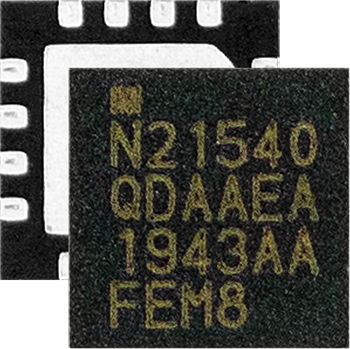We are increasingly seeing beacon manufacturers providing updated versions of their beacons, not to provide extra functionality but to instead simplify the designs so as to reduce the component count or use fewer or cheaper semiconductors. The semiconductor manufacture crisis has resulted in a shortage of semiconductors that has resulted in component shortages and price rises. Beacon re-designs are an attempt by manufacturers to keep prices lower and in some cases prevent an existential crisis for a particular beacon model.

Some manufacturers are using simpler versions of the System On a Chip (SoC). These typically have less memory or have less functionality. Often the more-capable functionality wasn’t even used in the older beacon variant. Other times, things can be done in software that were performed in hardware. There’s also a trend to remove crystals that provide timing and instead perform this in software. Some manufactures are switching between SoC hardware manufacturers, for example from Nordic to Texas Instruments that requires a total hardware and software re-design.
Care needs to be taken when purchasing beacons especially when purchasing just a few samples and much later purchasing a larger quantity. Changes in hardware design mean that you won’t necessary get the same behaviour. This can affect aspects such as range and battery life. Doing things in software rather than hardware often affects battery use. At BeaconZone we are taking special care to ensure that current stocks of items behave as previously, if necessary specifying a particular variant when re-stocking.